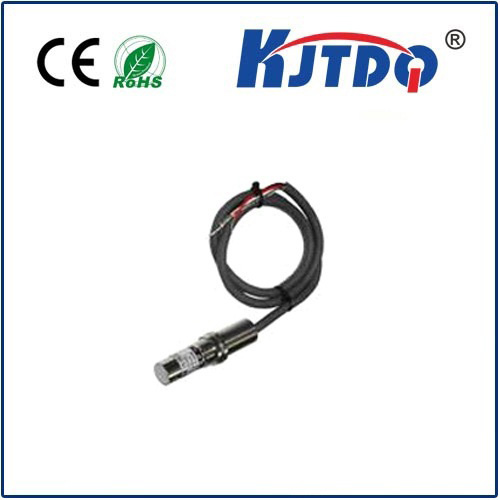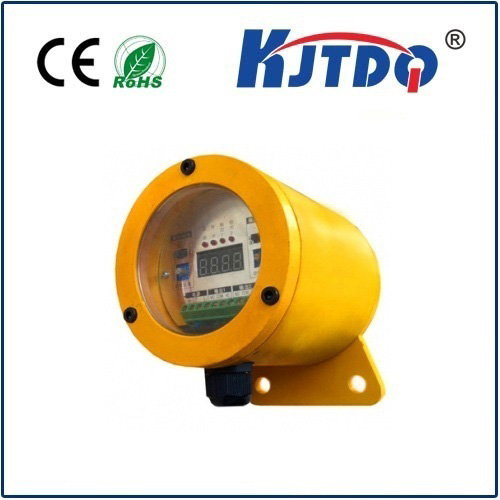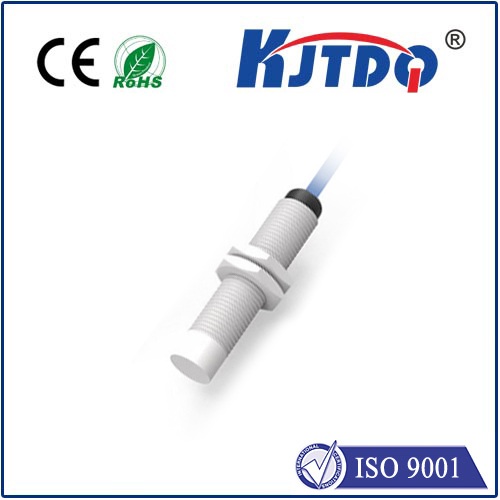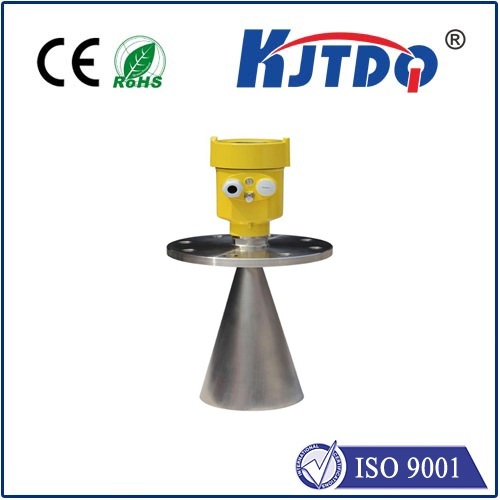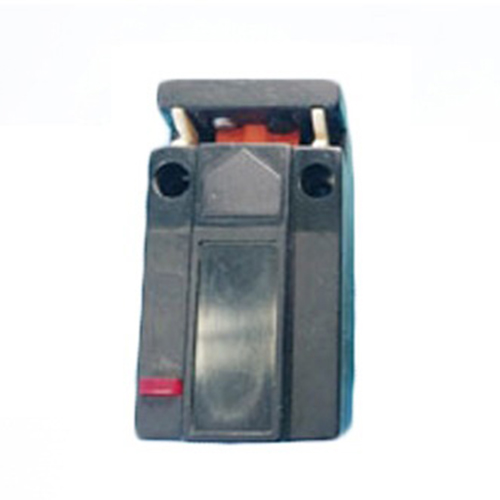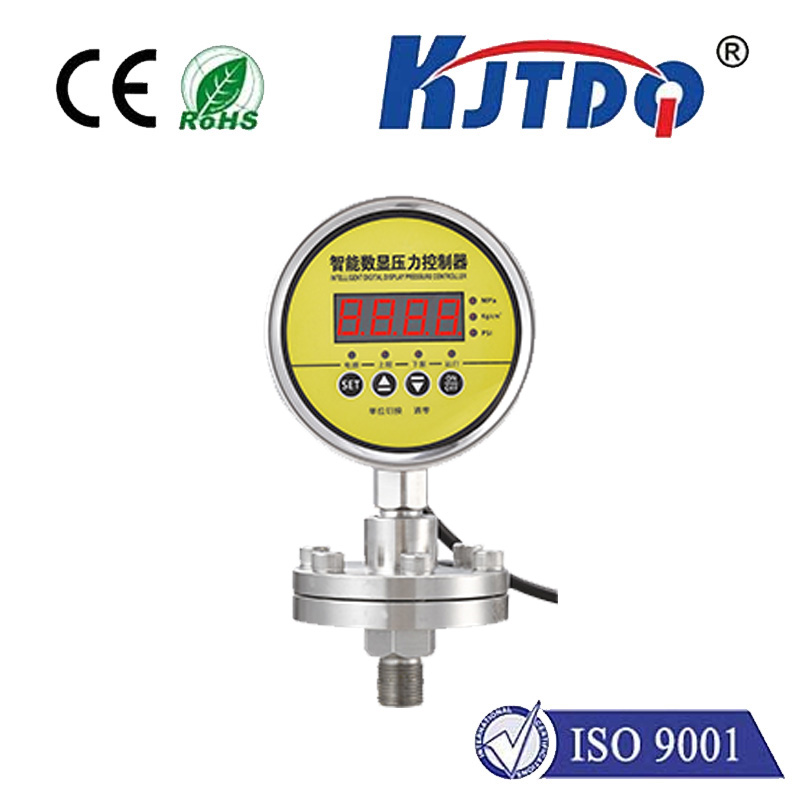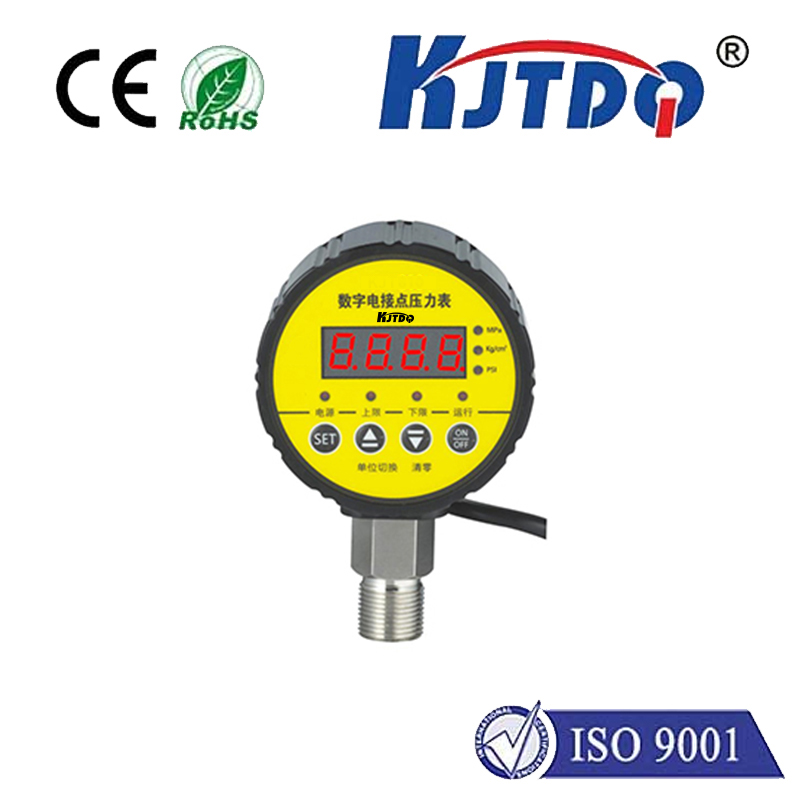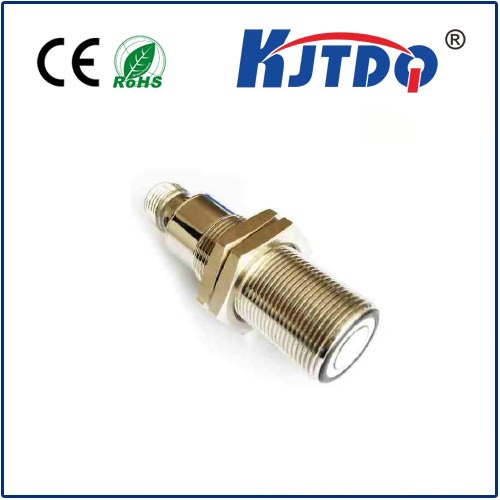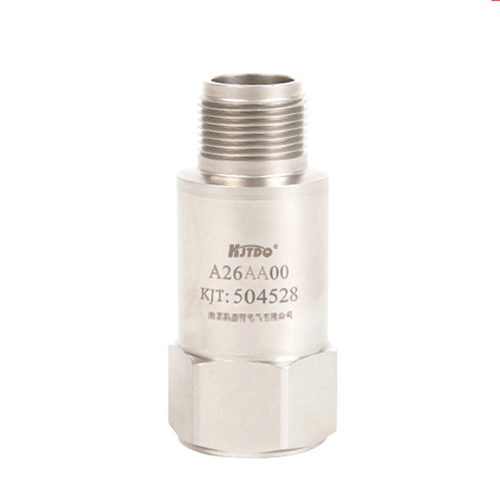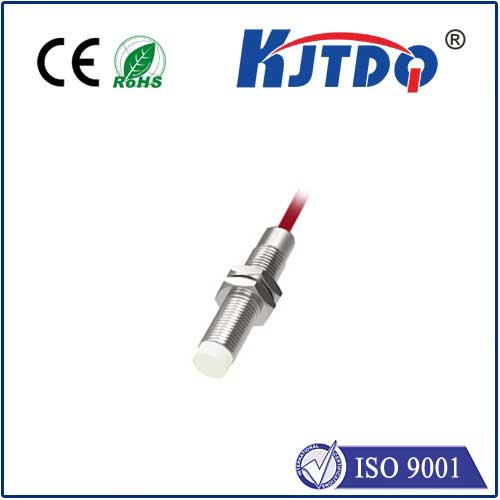precision limit switch
- time:2025-07-31 04:07:10
- Click:0
Precision Limit Switches: Mastering Micron-Level Positioning in Modern Automation
Imagine a robotic arm delicately placing components onto a circuit board, a high-speed packaging line flawlessly sealing products, or a CNC machine sculpting metal with breathtaking accuracy. Behind these feats of engineering, ensuring movements stop exactly where intended, often within microns, lies a crucial yet often overlooked component: the precision limit switch. Far more than simple on/off triggers, these specialized sensors are the unsung heroes enabling the incredible precision demanded by today’s advanced manufacturing and automation landscapes.
Beyond Basic Tripping: Defining Precision Limit Switches
At its core, a limit switch is an electromechanical device designed to detect the presence or absence of an object or to monitor its movement limits, typically by physical contact. It acts as a sentry, signaling a control system when a predefined position is reached, halting motion, changing direction, or initiating a sequence. A precision limit switch, however, elevates this fundamental function to an entirely different level.
Its defining characteristic is extraordinary accuracy and repeatability in position detection. While a standard limit switch might activate within a tolerance of several millimeters, a precision variant can reliably trigger within fractions of a millimeter – sometimes even micrometers. This is achieved through meticulous engineering focusing on:
- Ultra-Fine Mechanical Design: Minimizing hysteresis (the difference between the actuation point when approached from different directions), employing high-precision bearings, and using robust, low-wear contact mechanisms.
- Enhanced Sensing Mechanisms: Moving beyond simple lever-arm contacts to incorporate advanced technologies like Hall effect sensors (magnetic actuation) or even specialized optical elements for non-contact precision.
- Rigorous Materials and Manufacturing: Utilizing durable, stable materials resistant to wear and environmental factors, manufactured with tight tolerances.
- Optimized Actuation: Precision-machined plungers, rollers, or levers designed for consistent, low-friction engagement.
Why Precision Matters: The Critical Applications

The demand for high-precision limit switches isn’t just academic; it’s driven by real-world applications where the cost of error is high:
- Semiconductor Manufacturing: Placing microscopic chips onto wafers or aligning lithography masks requires position sensing accuracy down to the micron level. Even a slight overshoot can scrap highly valuable components.
- Medical Device Assembly: Building intricate implants or diagnostic equipment demands absolute precision and cleanliness. Precision switches ensure delicate parts are positioned correctly without damage, often within highly controlled environments (requiring specific IP ratings for sealing).
- Precision Robotics: Robotic arms used for welding, painting, or complex assembly rely on repeatable positioning to hundredths of a millimeter. Precision limit switches provide critical homing and endpoint verification.
- Aerospace Component Machining: Machining turbine blades or critical structural elements necessitates tools stopping at precisely programmed positions. Precision switches ensure dimensional tolerances are met consistently.
- Advanced Test and Measurement Equipment: Calibration devices and coordinate measuring machines (CMMs) use precision switches as reference points for absolute accuracy.
- High-Speed Packaging: Ensuring labels are applied perfectly, cartons are folded accurately, and fill levels are consistent requires reliable, repeatable positioning sensing at high cycle rates.
The Mechanics of Accuracy: Contact vs. Non-Contact Precision
Precision isn’t achieved by a single magic bullet. Different technologies cater to diverse needs:
- Precision Plunger Switches: These feature direct-acting plungers with minimal overtravel and high repeatability. Ideal for applications demanding exact point detection with robust physical actuation. Their repeatability specification is paramount.
- Precision Lever Switches: Engineered with low-friction bearings and optimized lever ratios, these reduce force and wear while maintaining accuracy, suitable for detecting objects moving along a path.
- *Precision Non-Contact Switches: Increasingly vital for applications demanding zero physical interaction or extreme longevity. Hall Effect Magnetic Limit Switches are a prime example. Using a magnet in the actuator and a Hall effect sensor in the switch body, they detect proximity without touching, eliminating mechanical wear and enabling ultra-high cycle life and consistent accuracy. They are particularly popular in harsh environments (dust, moisture) requiring high IP Ratings and for applications needing silent operation.
Key Performance Parameters for Selection
Choosing the right precision limit switch involves careful consideration beyond just “precision”:
- Repeatability: The most critical spec. How consistently (±X mm/µm) can the switch actuate at the exact same point over thousands or millions of cycles? Look for values like ±0.001 in (±0.025mm) or better.
- Operating Force: The force required to actuate the switch mechanism. Lower forces are generally preferred to minimize stress on actuators and detected objects, crucial in delicate applications like semiconductor handling.
- Overtravel/Pretravel: The distance the actuator moves after triggering (overtravel) or before triggering (pretravel). Precision switches minimize this “dead zone” movement. Low overtravel is key for confined spaces.
- Hysteresis: The difference between the actuation point when approached from one direction versus the opposite direction. Low hysteresis is essential for bidirectional precision applications.
- Environment: Consider temperature range, potential exposure to chemicals, dust, moisture (IP Rating), washdown requirements, and vibration resistance. Sealing is often critical for precision position sensing reliability.
- Durability (Mechanical and Electrical Life): Contact or non-contact technology significantly impacts longevity. Precision Hall effect switches boast cycle lives in the millions/billions, far exceeding mechanical contacts.
- Mounting and Actuation Method: How will it be installed? What type of actuator (plunger, roller lever, cam, magnet) will interact with it? Precise mounting is crucial for achieving specified accuracy.
Precision Hall Effect: The Rising Star for Demanding Automation
The evolution towards Hall Effect Magnetic Precision Limit Switches represents a significant leap forward. By eliminating physical contact, they achieve:
- Unparalleled Longevity: Billions of operations are possible, reducing maintenance costs and downtime significantly.
- Consistent Accuracy: Performance doesn’t degrade over time due to contact wear or pitting. Repeatability remains stable.
- High-Speed Operation: Capable of extremely fast response times.
- Robustness: Impervious to dust, dirt, oil, and moisture (with appropriate sealing/IP rating), thriving in harsh industrial environments. High IP ratings (e.g., IP67, IP69K) are common.
- Silent Operation: No audible “click,” beneficial in noise-sensitive areas.
- Multi-Pole Magnet Sensing: Advanced models can detect multiple magnet poles or specific orientations, enabling more complex state detection (e.g., cylinder position sensors).
While initially more expensive than basic mechanical switches, the TCO (Total Cost of Ownership) for precision Hall effect switches in critical or high-cycle applications is often lower due to their reliability and longevity.
Harnessing Micron-Level Control for the Future
From the delicate dance of components on a circuit board assembly line to the powerful, exact movements of robotic arms shaping the future, precision limit switches are fundamental. They are the silent guarantors of quality, consistency, and efficiency in increasingly automated and precise manufacturing processes. Understanding the difference between a standard switch and a true precision position sensing device, especially appreciating the advantages of contactless technologies like precision Hall effect magnetic limit switches, is essential for engineers designing systems where micron-level accuracy and uncompromising reliability are non-negotiable. Choosing the right switch isn’t just about stopping motion; it’s about mastering it.






